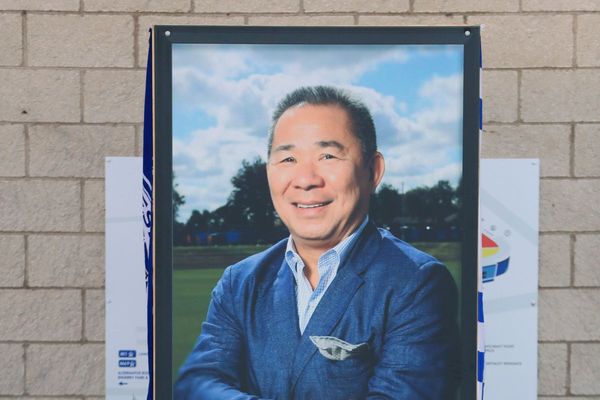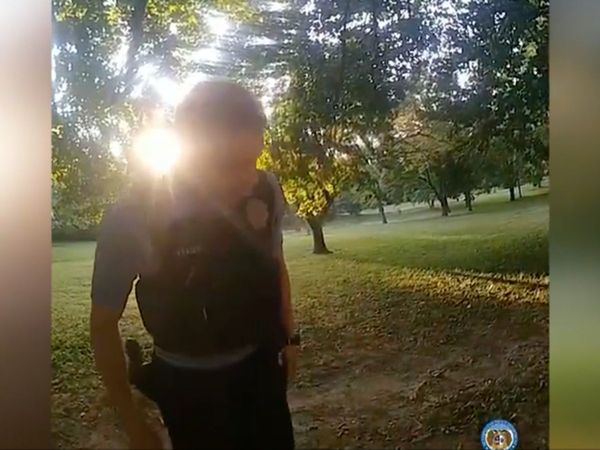JUPITER, Fla. — As this week’s one-year anniversary of the COVID-19 pandemic's derailment of 2020 spring training approaches, Major League Baseball continues to toggle.
The league has moments that show how it adapted impressively to move forward during such an unpredictable time. The league has other moments that make you wonder if some involved have learned anything at all.
On Friday, for example, it was impossible to overlook the efficiency with which Grapefruit League teams steered around the quarantining of multiple Astros pitchers who were flagged for further evaluation following a potential exposure to the virus. Protocols that have improved over time allowed the non-quarantined Astros to play in a game against the Marlins that same night. The Cardinals, who had played the Astros the night before, and the Nationals, who share their spring home with the Astros, continued as well.
Games rolled on — including Sunday’s between the Astros and the Cardinals at Roger Dean Stadium, where a crowd of more than 1,000 Cards fans showered Jose Altuve and Carlos Correa with a steady stream of boos.
A sense of normalcy was in the air during those at-bats.
It was glorious.
Yet just hours earlier, news out of Arizona had reminded players and teams alike that the very same sense can invite trouble.
The Cardinals’ biggest rival, an opponent that last season dodged the virus expertly — or perhaps luckily — has become one of the poster teams for getting caught with their pandemic guard down this spring. Cubs reliever Pedro Strop is being held out of club activities because he broke MLB's COVID protocol by eating in a restaurant and fraternizing with members of Cleveland’s team away from the field. Yes, the same Cleveland team that had problems adhering to pandemic protocols last season.
See what I mean about wondering if some of these guys have learned anything at all?
“It’s easy to get into this environment and relax,” Cubs manager David Ross told reporters in Arizona. “And we did such a good job last year of following the protocols. It’s a reminder — a reminder for him, and us.”
For MLB players everywhere, hopefully.
By now, some reading this might have veered off toward a discussion of whether players should be allowed to eat out. For the sake of clarification, players recently were told they can visit restaurants that offer outdoor dining if they choose to eat outside. It’s the indoor-only establishments that are off limits, according to Cardinals pitcher Adam Wainwright.
For the sake of the point, it’s not about what the rules should or should not be. It’s about players avoiding increasing two risk factors. The biggest risk, of course, is the virus walking into the clubhouse. Another risk is the fact broken protocols, if discovered by the league, will keep players from walking into the clubhouse.
"Obviously the health comes first," Cardinals outfielder Lane Thomas said. "But it's also about baseball."
Strop, for example, could have cost himself a roster spot. While the Cubs won’t punish him for his actions, his absence could be punishing. His return is now at the mercy of MLB’s contact tracing policy. Strop was in camp on a minor-league deal. There’s no guarantee a spot will be waiting for him whenever he returns, all because of a decision made miles away from the nearest pitching mound.
Hopefully the Cardinals gained more than antibodies during the widespread outbreak that threatened to sink last season. If any team should have a healthy respect and even fear for how the virus can scramble a season, it's this one. Manager Mike Shildt's team sounds like one that has gotten plenty serious about preventing what it can. Actions, as always, will speak louder than words.
“We have normalized them (the protocols) more,” Shildt said Sunday as he looked back at what has been a wild year for baseball. “They are clearer now. They're part of our fabric, how we go about our day. We have the ability to be more proactive, and less reactive. Our reactive behaviors are more streamlined as well. Everything is in a better place. That can also be said of where we are as a country as well. I do think, and I’m an optimist, as most people know, but I’m also a realist. We are getting closer to a more safe area in not only our arena, but in the country.”
Baseball’s walk through the pandemic has indeed so often resembled the winding path our nation has taken. The game shut all the way down. It eased its way back in stops and starts. It exists now in a lessened form, but one that continues to inch its way toward a time when vaccinations are widespread, stadiums are full and catchers are the only ones wearing masks.
There is a light at the end of baseball’s COVID tunnel. It just can’t be mistaken for a finish line crossed.
Not now. Not yet.
Players and teams that get too comfortable too soon will pay a price.







